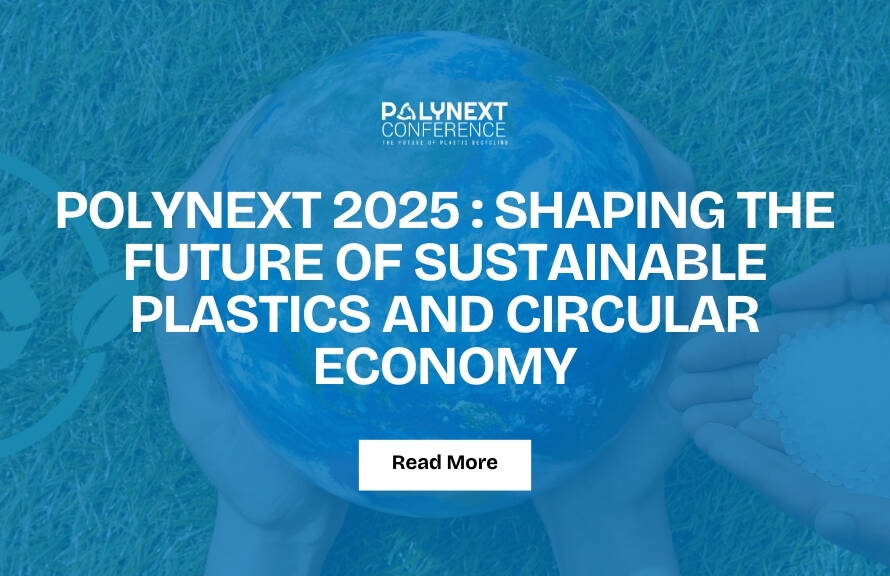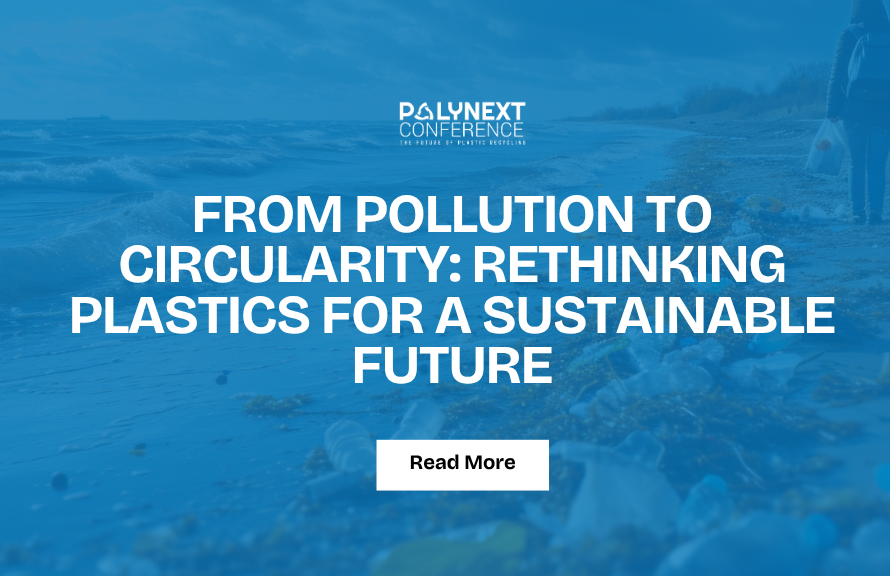In 2025, a global shift is underway as countries increasingly strive to balance economic growth with environmental sustainability, particularly in the realm of plastic waste. This transformation is being driven by the adoption of circular economy principles, the integration of innovative technologies, and stronger policy frameworks. The result is a systemic change that not only reduces pollution but also fosters economic resilience.
A Global Partnership Driving Change
One major force behind this transformation is the Global Plastic Action Partnership (GPAP),an initiative of the World Economic Forum. With 25 member countries, GPAP promotes circular systems that reduce emissions, boost recycling, and generate up to 6 million green jobs by 2030. It’s proof that environmental action can power economic growth.
Policy Push: Turning Waste into Opportunity
Governments are introducing Extended Producer Responsibility (EPR) laws, offering incentives to recyclers, and integrating informal waste workers into formal systems. These efforts make recycling more efficient and profitable, aligning business interests with sustainability goals.
Innovation at the Core
From biodegradable materials to modular product design and advanced recycling tech, innovation is helping industries reduce dependence on virgin materials and stay globally competitive.
Leading by Example
Countries like Germany, Austria, and South Korea demonstrate that economic success and waste efficiency go hand-in-hand. Their best practices include:
Rigorous waste separation
clear labeling for recyclability
Strong public-private partnerships
Cooperation Across Borders
International alliances and national roadmaps enable knowledge-sharing and investment in scalable waste solutions. This ensures that success in one region can inspire progress in others.
Country Snapshots: Strategies Vary by Context
Developed Nations
Countries like Japan, South Korea, and EU members have advanced waste-to-energy systems and strict enforcement.
Developing Economies
Nations such as Indonesia and Pakistan focus on improving basic waste transport and collection infrastructure.
India’s Role: Leading at the State Level
While India hasn’t yet joined the Global Plastic Action Partnership(GPAP) at the national level, the state of Maharashtra took the lead by becoming the first Indian state to partner with GPAP in 2022. This move highlights how local innovation and regulatory frameworks can advance circular economy goals—even in the absence of national alignment.
India’s National Strategy in 2025
India’s approach to plastic waste management in 2025 focuses on a multi-pronged strategy combining policy, technology, and community engagement:
Amended Plastic Waste Management Rules
Plastic Waste Management Rules
From July 1, 2025, packaging producers must use QR codes or barcodes for improved traceability and monitoring.
EPR Targets
Producers must ensure at least 35% of plastic packaging is recycled by March 2025.
Innovation & Startups
Indian startups are playing a major role in developing sustainable packaging alternatives and waste tech solutions.
Public Engagement
Awareness campaigns, school initiatives, and citizen-led movements are reinforcing the importance of waste segregation and recycling.
Despite these efforts, challenges remain:
9.82 million tonnes recycling capacity vs. 23.9 million tonnes plastic generated
Flexible plastic packaging (~65%) remains difficult to recycle
Inadequate waste segregation and infrastructure gaps
Note on Enforcement
The Central Pollution Control Board (CPCB) plays a critical role in enforcing India’s plastic regulations. Non-compliance can result in financial penalties or legal action. A public database of compliant companies improves transparency and accountability.
India’s Outlook: Circularity Without Compromise
India’s multi-layered strategy shows that it is possible to cut plastic waste without slowing down economic growth. By combining strict enforcement, public-private collaboration, and tech-driven innovation, the country is gradually shifting toward a cleaner, more circular future.
As global efforts align, platforms like PolyNext 2025 will continue to drive momentum by encouraging countries to share successes, address challenges, and build a united front against plastic pollution.
Conclusion: A Shared Vision for a Circular Future
From local innovations in India to state-of-the-art systems in Japan, the world is advancing toward circularity. While strategies vary, the goal is shared: reduce plastic waste without slowing economic growth.The journey is challenging—but through cooperation, innovation, and leadership, it’s absolutely possible.
Reference:
In-depth article: Navigating India’s Plastic Waste Regulation – BTG Advaya





